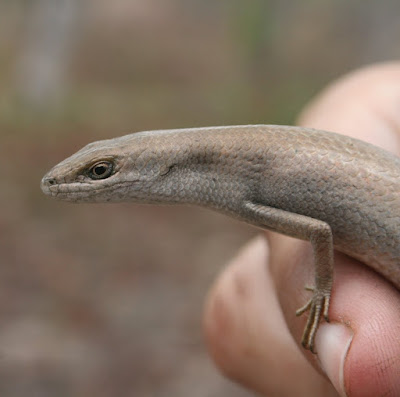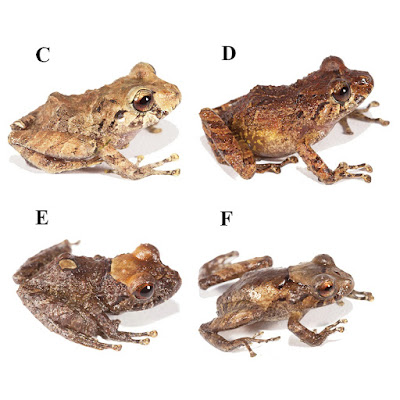Fa uns dies l’equip de Paleoherpetologia de l’Institut Català de Paleoecologia Humana i Evolució Social (IPHES) vam estar uns dies a Torí, la capital italiana del Piemont, per a fer unes jornades de treball acadèmic convidats pel paleontòleg Massimo Delfino de la Università degli Studi di Torino (UNITO). Aprofitant la nostra estada, i gràcies als diversos membres de la Societas Herpetologica Italiana (SHI) que actuaren com a amfitrions, vàrem poder fer-hi unes curtes excursions de camp per a conèixer de primera mà l’herpetofauna que viu per aquelles contrades, als peus dels Alps. Leer más.





En el primer trimestre de 2019, la Sociedad de Ciencias Aranzadi en colaboración con la Sociedad Herpetológica Española, ha trabajado en el enriquecimiento y estabilización de la red de pequeños humedales en Araba, Bizkaia y Gipuzkoa. En las tres jornadas precedentes se ha creado un nuevo encharcamiento y se han gestionado dos charcas ya existentes en Ulia y Jaizkibel (Lezo). Leer más.
Angola and the Democratic Republic of the Congo are relatively unknown in terms of their herpetological diversity. Based on specimens collected in the Congolese region of the Katanga and the northeast of Angola during the first decades of the twentieth century, de Witte and Laurent independently suggested, based on morphological and coloration differences, that populations of T. megalura of these regions could belong a new «race». Leer más.

We describe a new species of Pristimantis from the montane forest of the Río Zuñag Ecological Reserve, upper basin of the Pastaza River, Ecuador. Pristimantis mallii sp. n. is characterized by a snout-vent length of 11.6–21.3 mm in adult males (n = 12), 22.6–34.3 mm in adult females (n = 8), and is compared morphologically and genetically with Pristimantis miktos and with other relevant species of Pristimantis. Leer más.

Antes de empezar con las entradas de este año, me gustaría repasar algunas de las fotos de el año 2018. El año pasado, nos brindó una primavera bastante lluviosa .Lo cual sirvió para que los anfibios mostrasen una alta actividad. En concreto, en la comarca del jiloca observé ranita de san antonio en lugares donde nunca las había visto. Otros años tenía que ir a Fonfria para verlas. Pero la pasada temporada abundaban en lugares como Olalla, Cutanda y Collados. Este último a escasos kilómetros de Valverde, mi pueblo. Os dejo unas fotos que tomé de estos simpáticos anuros. Leer más.






